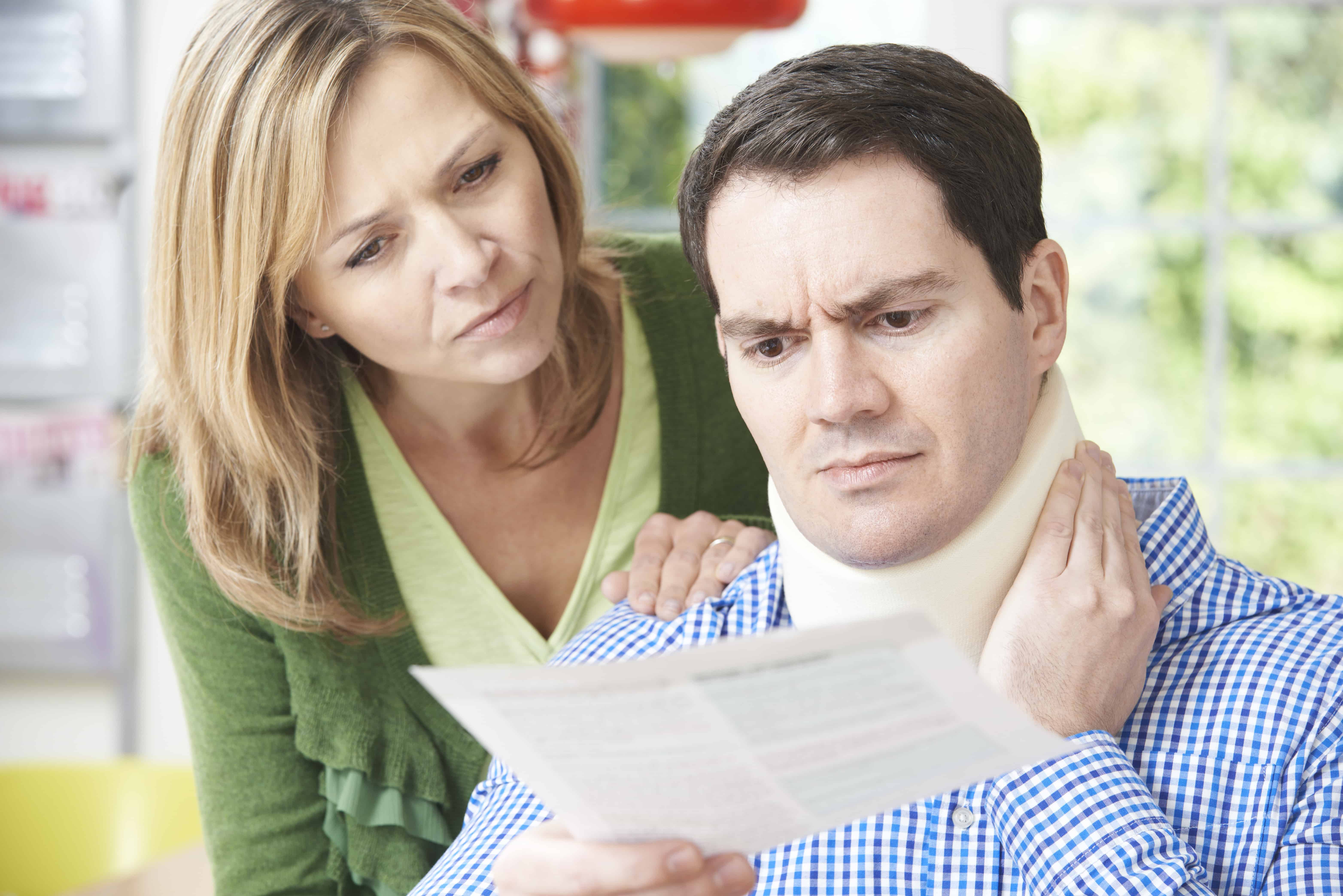If you have been in an accident and are looking for a South Dakota personal injury attorney, you may wonder about the kinds of compensation you are entitled to. You may be aware that if you have been injured by someone else’s negligence, you can receive compensation for things like pain and suffering, but you may not know how that process works. It’s more comprehensive than you think.
Economic vs. Non-economic Damages
With a personal injury claim, there are generally two types of two damages you can ask for:
- Economic damages, often called ‘special damages’
- Non-economic damages, often called ‘general damages’
Economic damages are easier to understand. They usually consist of easily quantifiable amounts of money you have lost as a result of an accident and injury. This includes your medical bills, property damage, lost wages, and even your lost earning capacity. An economic value also may be assigned to the lost ability to do household chores around your home and yard, or to the lost ability to provide services to your family. Economic damages are calculated based on receipts, estimates of the value of labor, and sometimes on established formulas.
However, non-economic damages have no single standard for determining their value. They can involve a variety of physical and emotional effects, both direct and indirect, and they can vary greatly. After all, tolerance for pain and suffering varies from individual to individual. While one person may be able to shake off an injury, another may be debilitated for weeks or even months. The issue gets even more complicated when you consider that pain and suffering can also include emotional distress, and that pain and suffering of all kinds can potentially affect a person for years. Also, the law allows compensation for loss of enjoyment of life, so a person’s lifestyle before and after injury can be an important factor.
How Non-economic Damages are Determined for Settlement
While economic damages can be calculated by simply adding up medical bills and other monetary losses, other methods must be used to measure non-economic damages. Usually, non-economic damages are by far the greatest portion of total personal injury damages. Often they are several times the economic damages, and they may be a huge multiple of economic damages. There is no multiplier formula that can predict non-economic damages, just based on economic losses. Beware of insurance adjusters who try to tell you, for example, that your total case is worth only three times the economic losses; that almost never is true.
The first step in trying to establish non-economic damages is to gather as many facts as possible about the non-financial effects of injury. What kinds of pain or other discomfort have been experienced, for how long, and how severely? What kinds of activities have been affected? How have the injuries changed the way your day is spent? How often and how fully you are able to enjoy the hobbies and other things that previously gave you joy? Have the effects of injuries changed the way you can interact with others by causing you to be isolated, irritable, or unavailable? What about sleep — has it been disrupted?
Once your lawyer has a good picture of your day-to-day life and what the effects on it have been from your injuries, he or she will consider the likely total value a jury might be expected to put on those losses. An experienced personal injury firm is familiar with a large number of jury verdicts, and has a good sense of how local jurors are likely to value most effects of an injury. By comparing your situation to the facts of other cases that have been decided by juries, a personal injury attorney can extrapolate from known data to arrive at informed estimates of what a jury might be expected to do in your case.
The last step in valuing your non-economic damages for settlement purposes is to adjust expected verdict ranges to allow for the factors favoring settlement. For example, there is always at least some risk in going to trial, so most injured persons would rather accept slightly more modest compensation than risk a disappointing verdict, even if such a verdict is unlikely. Also, there are out-of-pocket costs of a trial that can be avoided if the case is settled, and those typically total thousands of dollars, so compromise can be prompted in part by a rational decision to avoid certain costs. Finally, the peace of mind achieved by having a claim resolved is often deemed to be worth something. Many people would rather compromise their claim to achieve finality, rather than run the risk of it dragging out for years through trial and possible appeal.
How Pain and Suffering Damages are Determined in Court
If you can’t reach a settlement with the at-fault party or their insurance provider, your personal injury case will need to go to court, where expert testimony will often be needed. Doctors and other specialists who treated you may be required to testify to the extent of your injuries, and to the extent of the mental and physical anguish, you have experienced. Friends, relatives, and co-workers may also be important witnesses.
Other factors, including your age, existing medical issues, and overall physical condition will be discussed when determining the extent of your pain and suffering. From there, a jury will usually decide on what is fair compensation for your pain and suffering damages. In a few kinds of cases, most notably medical malpractice claims, damages can be capped arbitrarily by laws adopted by the Legislature.
Contact Turbak Law Office, P.C.
For more information on how pain and suffering damages are determined in South Dakota, contact Turbak Law Office, P.C. at 605-886-8361, or visit us here to arrange a free consultation with an experienced South Dakota personal injury lawyer. Let our skilled personal injury lawyers assist you in calculating your pain and suffering damages.
